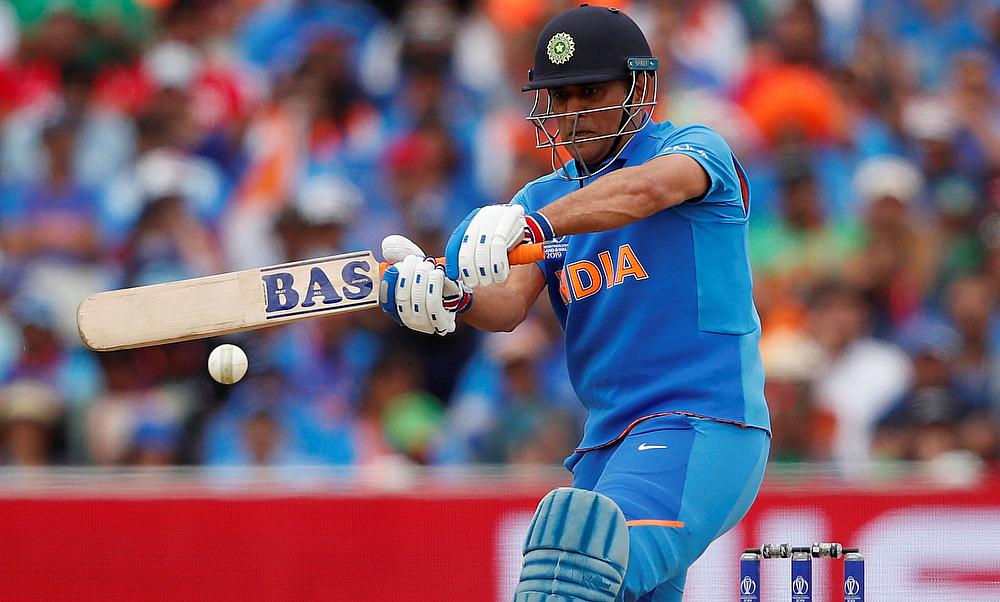What are the Common Rules of Test Cricket?
Up until this point, we’ve covered the major aspects of a test match. You know how many sessions in test cricket are there, how long the breaks are, how many innings are played, and so on.
Now, it’s time to get into the rules of test cricket that distinguish it from the rest of the formats.
The Result
Let’s start with how the result of a test match is dictated before anything else. We can then trace back and look into the test cricket rules for the duration of the innings.
- Innings Completion
- Run Overtake
- No 4th Innings
- Time Expiry
- Ground Abandonment
- Forfeiture
End of an Innings
In what ways an innings can end also comes under the rules of test cricket. Usually, there are 4 scenarios that can happen.
- All Out
- Innings Declaration Cricket
- Successful Run Chase
- Time Expiry
Follow On
This is somewhat of an interesting rule you can only find in test cricket and first-class cricket. If the team batting the 2nd innings trails by a big margin of the runs scored by the opponent during the 1st innings, the leading captain can make the other team bat again. For a follow on to be active, a team must lead by at least 200 runs.
Decision Review System (DRS)
DRS is a relatively newer addition to test cricket where each team gets 2 chances to “review” the umpire’s decision on the basis that it’s an incorrect call. Usually, dismissal decisions like LBW, run out, or caught behind wickets sees the most use of DRS.
The Concussion Substitution Rule
This is perhaps one of the newest test rules in cricket if not the newest. The Concussion Substitute Rule dictates that in case a batter sustains a head injury during the match and there are risks of a concussion, a substitute can be introduced. According to regular substitute laws, a sub (the player who comes to the field as the substitute) could only field. But the new rule allows a sub to bat, bowl, and field to keep things balanced and fair between the opponents.








